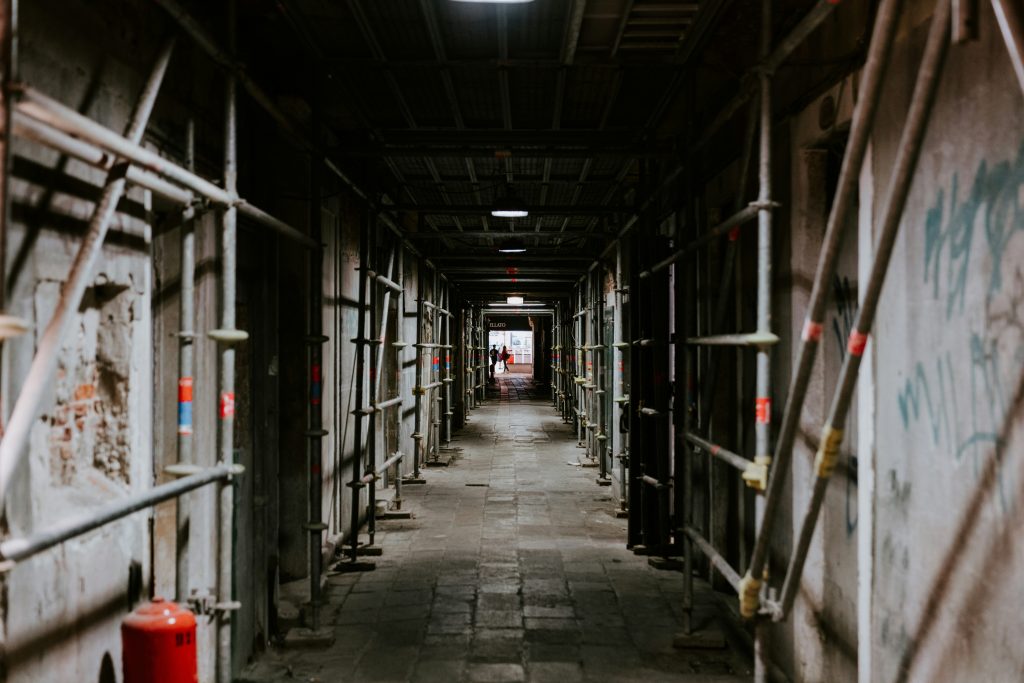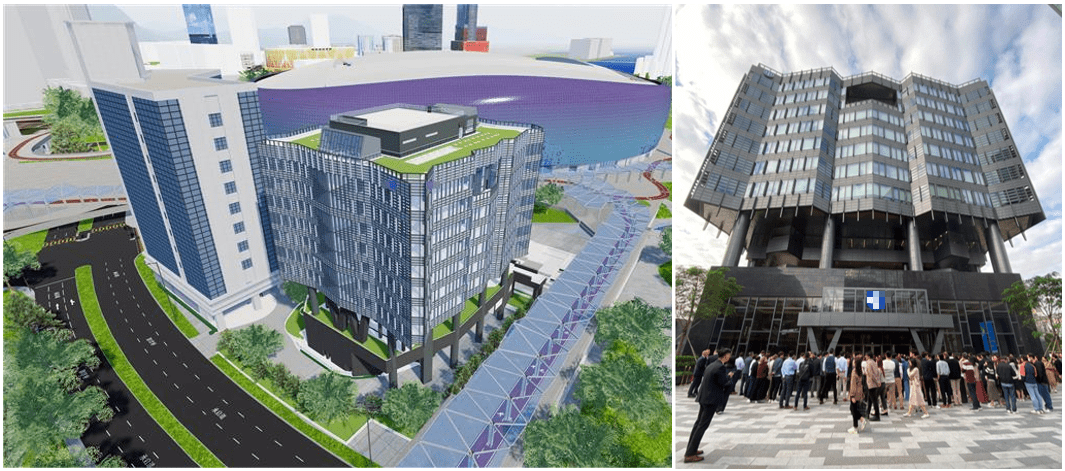The Challenge of Aging Buildings
Many older buildings — like in our All Seasons Building project —face escalating issues as they age, including failing HVAC systems, outdated electrical wiring, crumbling infrastructure, and inefficient lighting. Maintenance teams often find themselves trapped in a cycle of reactive fixes rather than proactive care, leading to skyrocketing repair costs, frequent system breakdowns, compliance risks from obsolete equipment, and wasted energy due to inefficiencies. Without a structured approach, aging buildings transform from assets into liabilities, draining budgets and undermining operational efficiency.

Why Traditional Maintenance Isn’t Enough
Most aging facilities still depend on outdated methods such as manual inspections, which are slow and prone to human error, or paper-based logs that make tracking and auditing difficult. Worse yet, many organizations operate in a breakdown-driven model — waiting for equipment to fail before taking actions, which leads to expensive and disruptive emergency repairs. What’s needed is a smarter, data-driven asset management strategy that prevents failures before they happen.

How Neuron Asset Management Brings Aging Buildings Back to Life
Neuron delivers end-to-end lifecycle management, replacing reactive guesswork with automation, real-time insights, and predictive maintenance to revive aging infrastructure.
1. Full Asset Visibility & Condition Tracking
With BIM integration, building owners can digitally map all critical assets — HVAC, electrical systems, plumbing — and monitor their condition in real time. RFID tagging or QR code generated from the Neuron platform further streamlines maintenance by allowing technicians to scan deteriorating equipment and instantly review repair history, warranty status, and manufacturer specifications as they are on the go. Additionally, Neuron’s condition scoring system provides analytics to prioritize repairs based on asset health, ensuring no critical issues go unnoticed. The result? Total visibility into aging infrastructure — eliminating surprises and allowing for strategic, preemptive maintenance.
2. Proactive, Automated Maintenance
Neuron shifts maintenance from reactive to proactive with AI-driven work orders, ensuring fixes are scheduled before catastrophic failures occur. The system’s predictive alerts analyze wear-and-tear trends in motors, pumps, and other aging equipment, flagging potential failures before they disrupt operations. Meanwhile, digital maintenance logs replace cumbersome paper trails, enabling seamless audits and compliance tracking. The outcome is a transformation from “fix when broken” to “prevent before failure,” slashing downtime and repair costs.
3. Cost & Energy Optimization
Older buildings often waste money on inefficient systems without realizing it. Neuron detects energy inefficiencies, identifying power-hungry, outdated equipment that drives up utility bills. It also provides data analysis for informative decision-making, helping facility managers decide whether to repair, retrofit, or replace assets. By reducing unplanned outages through scheduled maintenance, Neuron minimizes production disruptions and extends asset lifespans. The financial impact is clear: lower operating costs and smarter capital expenditure.
4. Future-Proofing with Smart Upgrades
Many aging buildings lack modern IoT capabilities, making them harder to manage. Neuron bridges this gap by integrating legacy systems with smart sensors, enabling real-time monitoring and diagnostics for all kinds of subsystems in a building. The result is a smarter, more efficient building that remains competitive in a rapidly evolving market.

Case Study: A Renowned Utilities Company Headquarters at Kai Tak
Neuron has collaborated with a renowned Hong Kong utilities company to enhance operational efficiency and sustainability at their newly renovated Kai Tak headquarters. Before the Kai Tak implementation was executed, the client had taken a 2-phase approach with Neuron. Firstly, using their old headquarters in Hung Hom to test out using a digital twin to identify hot or cold spots in the office, tracking hot desk usage, and integrating with airside control to optimize HVAC operation time. The findings were that, accordingly to different occupancy patterns of the day, the cooling demand is different and Neuron can automate control accordingly for energy saving purposes. On top, the detailed office digital twin is proven to be useful for wayfinding purposes.
With the learning from the old HQ, when the client planned for the new HQ smart building roadmap, Neuron has integrated airside optimization, automated work order management, and an intelligent sustainability dashboard for real-time monitoring of energy, emissions, and ESG metrics.
A key differentiator is our Asset Management Module, which provides the client with full visibility into the performance of the assets in their brand-new office building at Kai Tai Hong Kong. This module enables preventive maintenance, optimizes asset lifespan, and ensures smart prioritization of tasks — minimizing downtime while maximizing cost efficiency.

Don’t Let Your Building Become the Next Cautionary Tale
Aging facilities don’t have to be financial burdens. Neuron Asset Management, Rule Engine provides control over deterioration through data-driven insights, optimizes maintenance costs with predictive strategies, and offers a clear roadmap for modernization.